Syncreate Launches 6-Month Coaching Program, Empowering Individuals to Bring Their Creative Dreams to Life
by Hilary Tetembaum, USA Today Contributor
"Anyone who’s engaged in a creative pursuit, such as writing a book or essay, composing music, or working on a piece of art, knows how it feels to be stuck. It goes by many names, such as writer’s block, imagination drought, or creative rut, but the experience is similar for many people – they feel like they lack the creativity to start a new project or continue and finish what they’re working on. The co-founders of creativity and innovation consultancy Syncreate, Charlotte Gullick and Melinda Rothouse, are both lifelong creatives, and they know exactly how it feels when their creative spirit needs an extra spark."
Click here for the full article


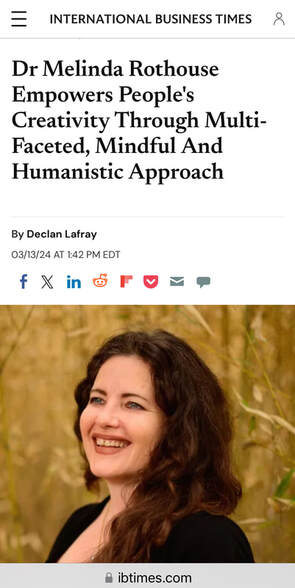
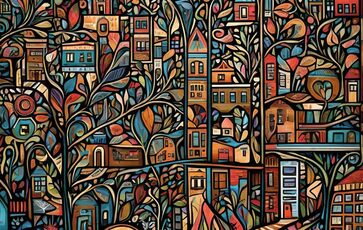
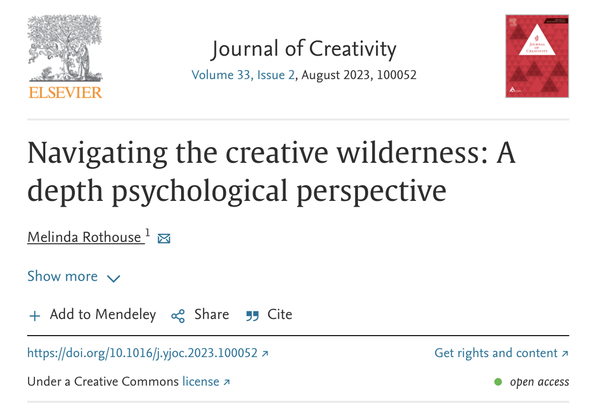
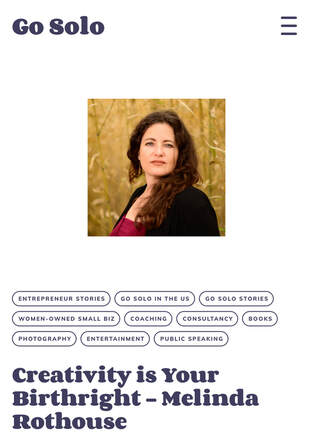
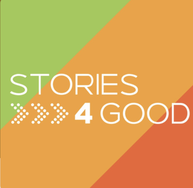
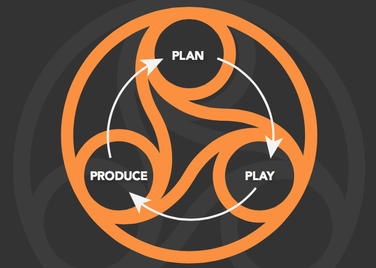

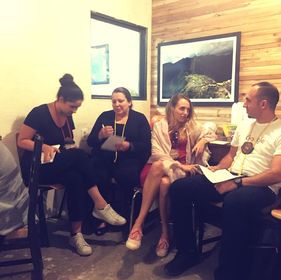
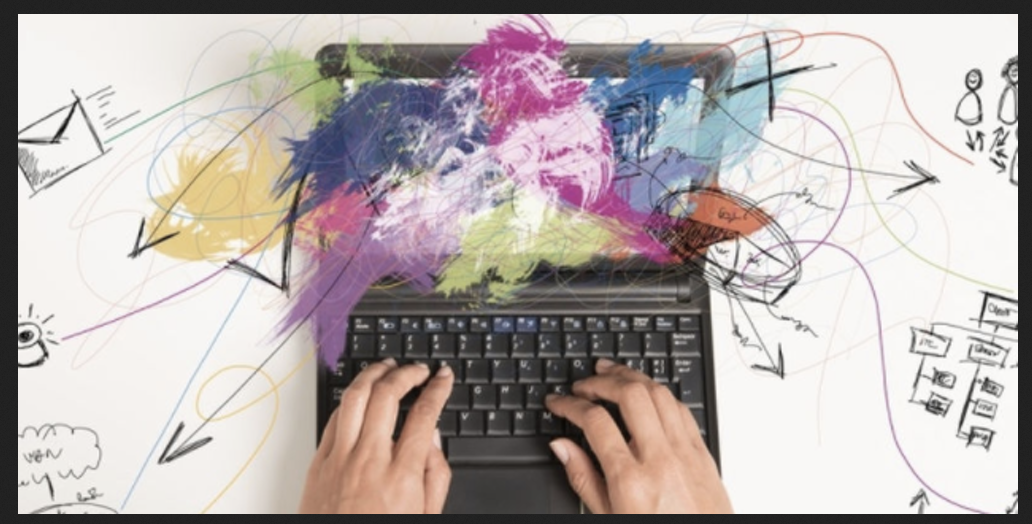
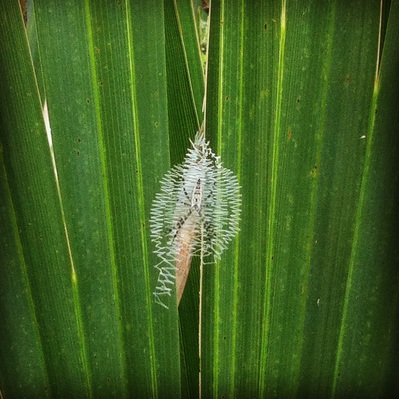
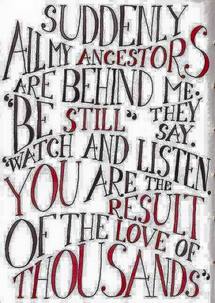

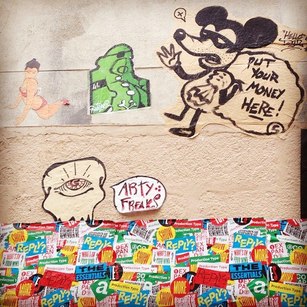
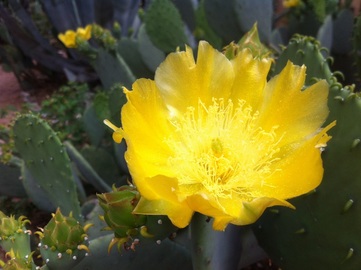
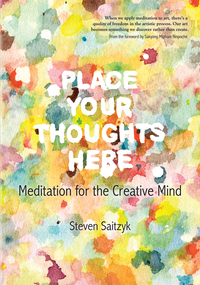

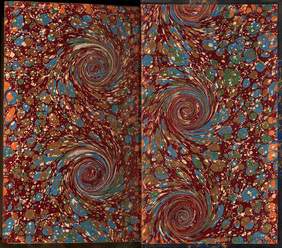
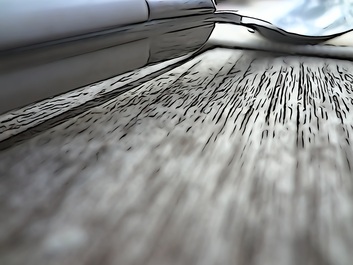
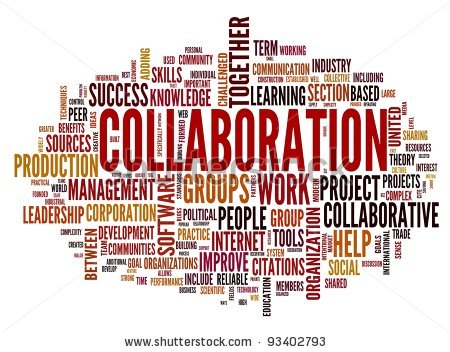


 RSS Feed
RSS Feed
